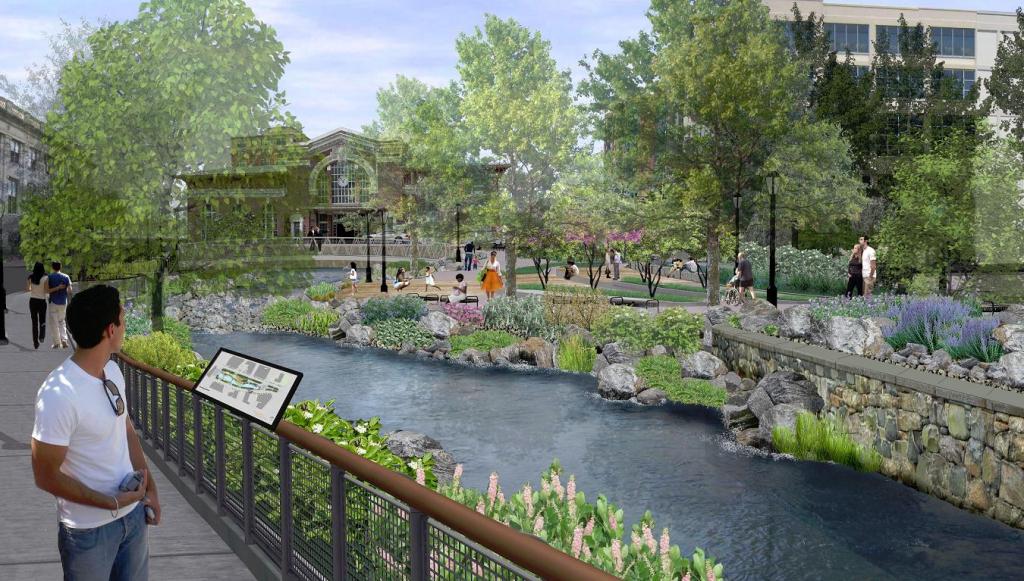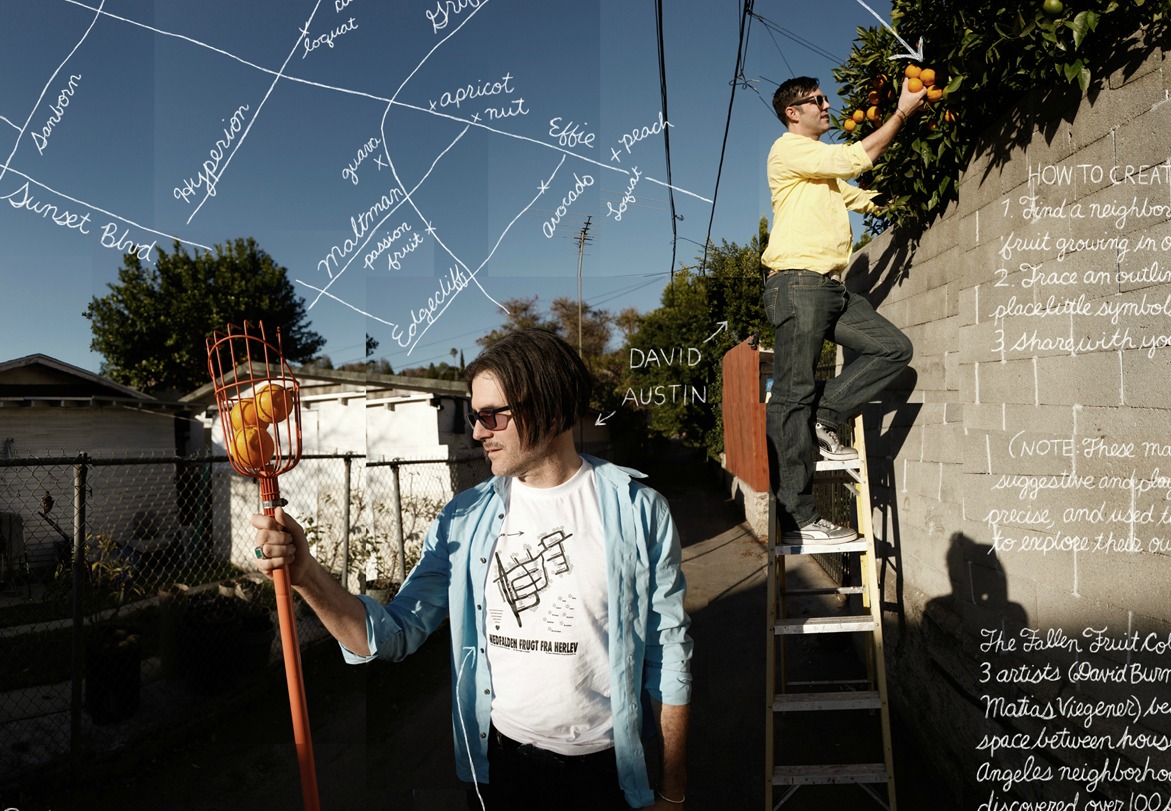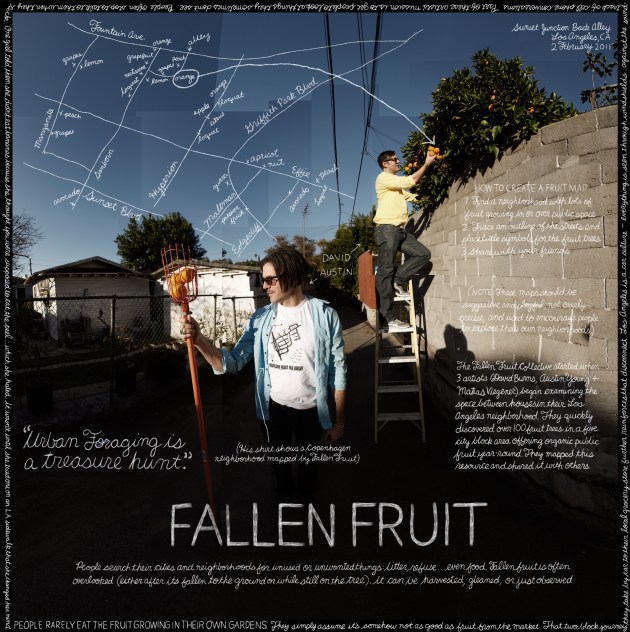Editor’s note: This is your weekly installment of images from Douglas Gayeton and Laura Howard-Gayeton’s Lexicon of Sustainability. We’ll be running one image every Friday this winter, so stay tuned. If you have your own sustainability terms, you can add them yourself to the Lexicon of Sustainability.
People search their cities and neighborhoods for unused or unwanted things: litter, refuse … even food. Fruit is often overlooked (while still on the tree and once its fallen to the ground).
The Fallen Fruit Collective began as a Los Angeles-based public art project. When artists David Burns, Austin Young, and Matias Viegener began examining the spaces between houses in their neighborhood, they quickly discovered over 100 fruit trees in a five-city block area offering organic public fruit year-round. So they mapped this resource and shared it with others.
Since their first map in 2004, people around the world have shared their discoveries by mapping the “fallen fruit” in their communities. This Fallen Fruit Movement allows people to rediscover their own backyards turning urban foraging into a treasure hunt.
David’s thoughts on foraging for fallen fruit:
People simply assume it’s somehow not as good as fruit from the market. That two-block journey they take by car to their local grocery store further reinforces that disconnect. Los Angeles is a car culture — everything is seen through windshields … against the soundtrack of cell phone conversations. Part of our mission is to get people to look at things they sometimes don’t see. One girl told me she didn’t eat bananas because she thought you were supposed to eat the peel … which she hated. It wasn’t until she tried one on an L.A. sidewalk that she changed her mind.
How to create a fruit map
- Find a neighborhood with lots of fruit growing in or over public space
- Trace an outline of the streets and place little symbols for the fruit trees
- Share with your friends
(Note: These maps should be suggestive and playful, not overly precise, and used to encourage people to explore their own neighborhoods.)




